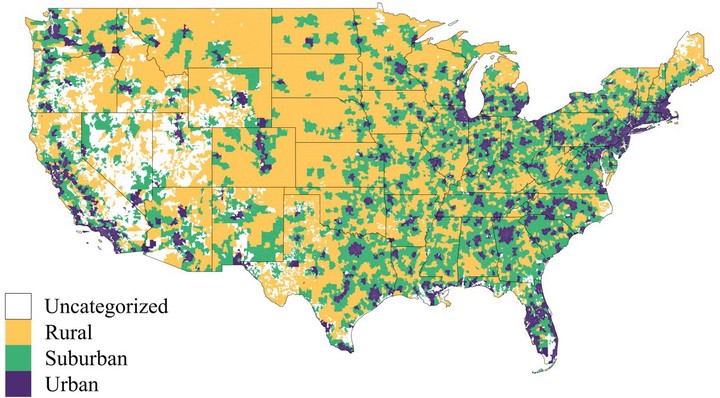Association of Rurality and Identifying as Black with Receipt of Specialty Care Among Patients Hospitalized with a Diabetic Foot Ulcer: A Medicare Cohort Study

Abstract
Introduction: Rural patients with diabetic foot ulcers, especially those identifying as Black, face increased risk of major amputation. Specialty care can reduce this risk. However, care disparities might beget outcome disparities. We aimed to determine whether a smaller proportion of rural patients, particularly those identifying as Black, receive specialty care compared to the national proportion. Research Design and Methods: This 100% national retrospective cohort examined Medicare beneficiaries hospitalized with diabetic foot ulcers (2013–2014). We report observed differences in specialty care, including: endocrinology, infectious disease, orthopedic surgery, plastic surgery, podiatry, or vascular surgery. We used logistic regression to examine possible intersectionality between rurality and race, controlling for sociodemographics, comorbidities, and ulcer severity and including an interaction term between rurality and identifying as Black. Results: Overall, 32.15% (n=124 487) of patients hospitalized with a diabetic foot ulcer received specialty care. Among rural patients (n=13 100), the proportion decreased to 29.57%. For patients identifying as Black (n=21 649), the proportion was 33.08%. Among rural patients identifying as Black (n=1239), 26.23% received specialty care. This was >5 absolute percentage points less than the overall cohort. The adjusted odds ratio for receiving specialty care among rural versus urban patients identifying as Black was 0.61 (95% CI 0.53-0.71), which was lower than that for rural versus urban patients identifying as White (aOR 0.85, 95% CI 0.80-0.89). This metric supported a role for intersectionality between rurality and identifying as Black. Conclusions: A smaller proportion of rural patients, particularly those identifying as Black, received specialty care when hospitalized with a diabetic foot ulcer compared to the overall cohort. This might contribute to known disparities in major amputations. Future studies are needed to determine causality.